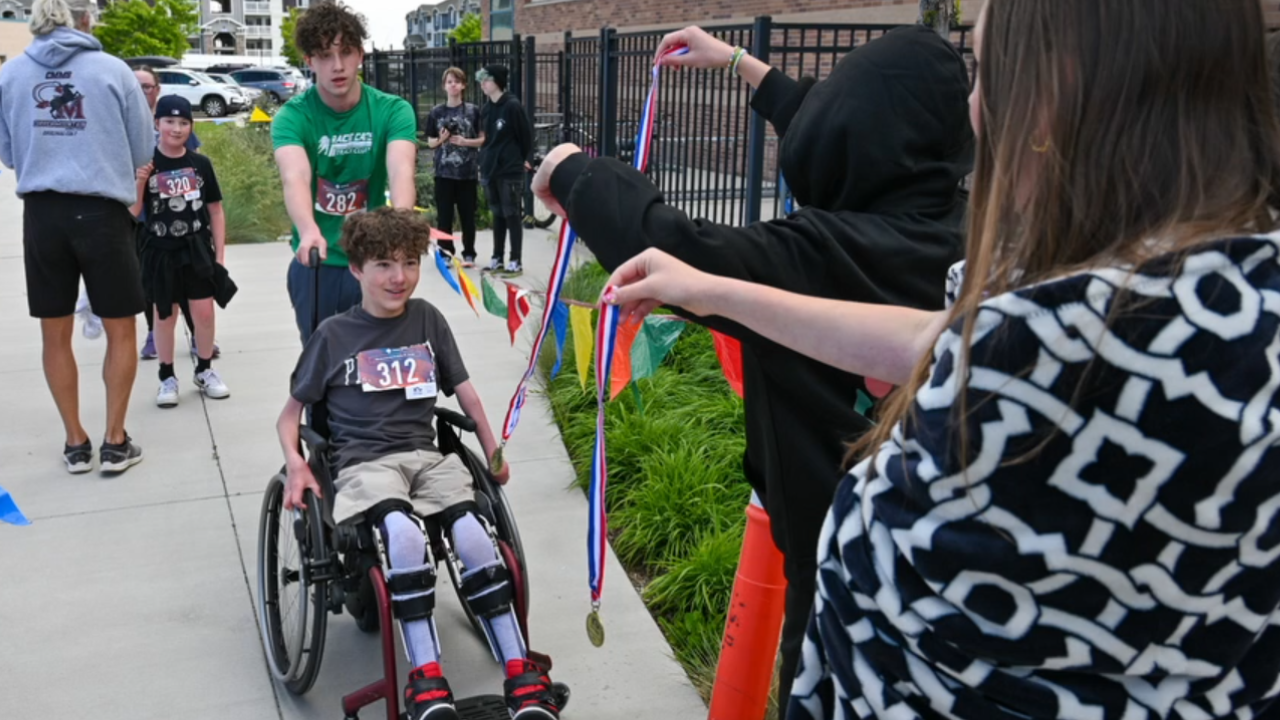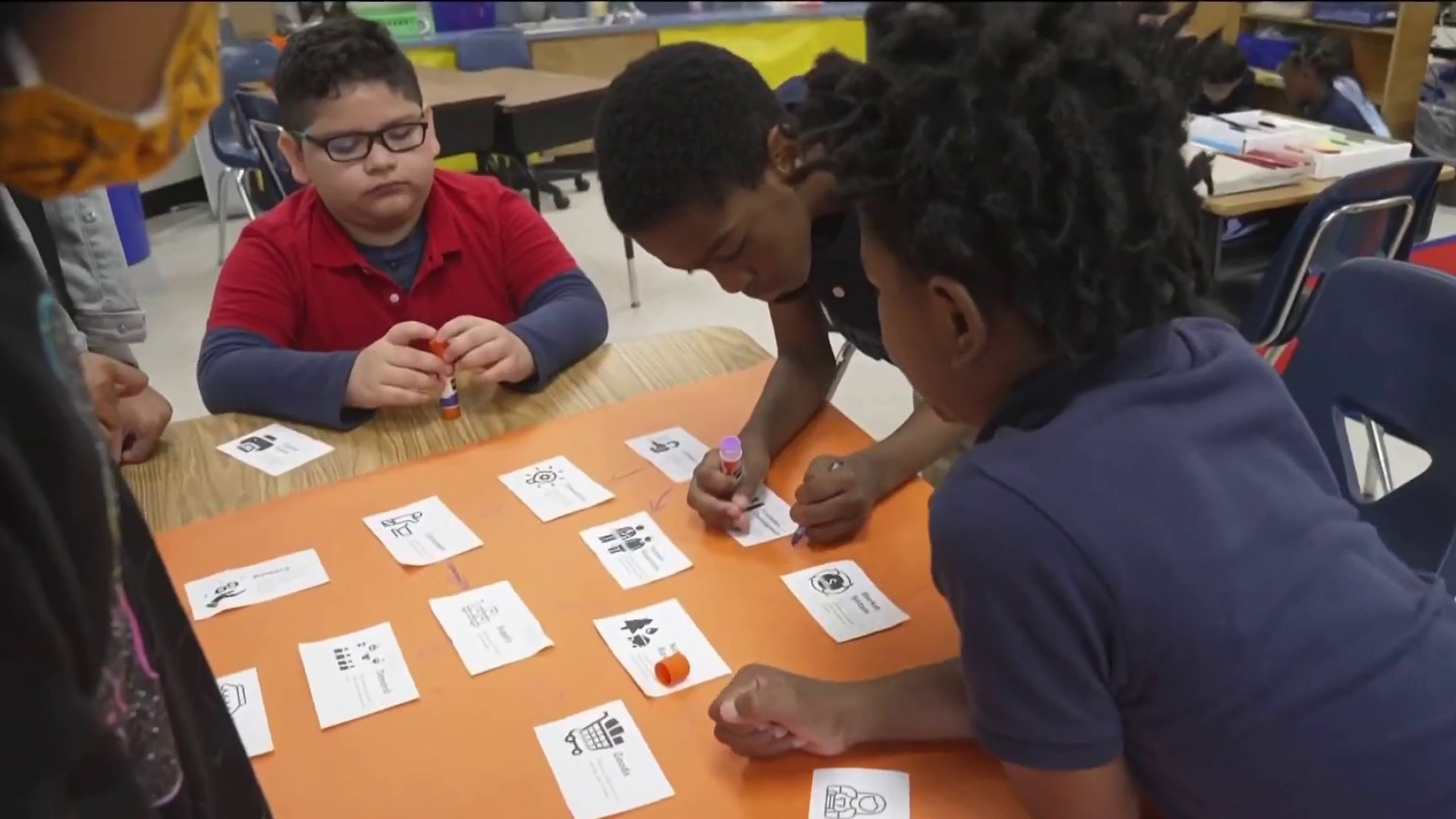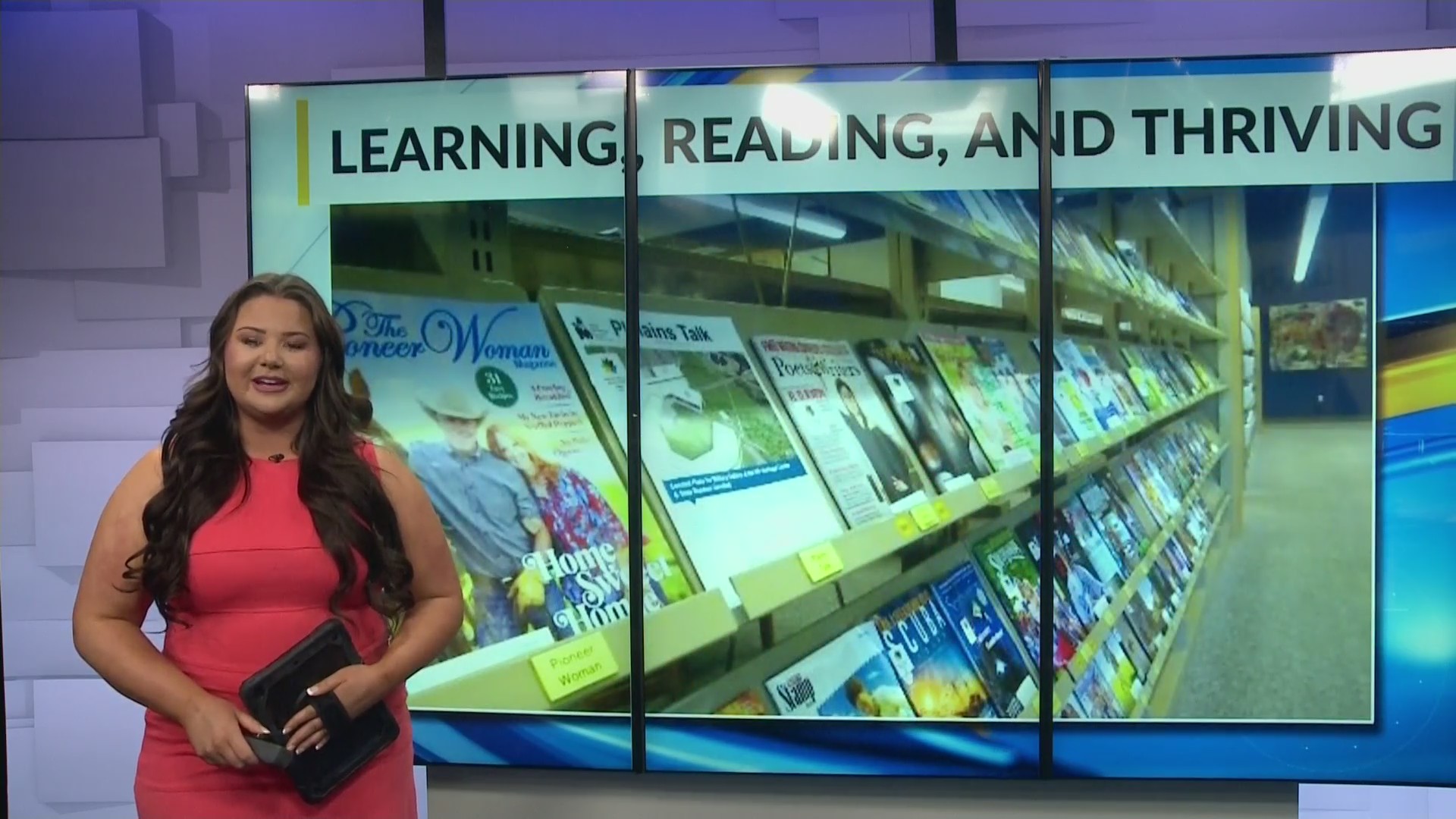Услуга: Создание курса по сказкотерапии
Название услуги: "Сказочный мир эмоций"
Описание услуги: Курс по сказкотерапии "Сказочный мир эмоций" предназначен для детей от 6 до 12 лет и направлен на развитие эмоциональной грамотности и навыков самовыражения через творчество. Дети будут придумывать собственные окончания известных сказок и книг, что поможет им лучше понять и выразить свои чувства и эмоции.
Цели курса:
- Развитие эмоциональной грамотности у детей.
- Помощь в самовыражении через творчество.
- Формирование навыков критического мышления и креативности.
- Улучшение коммуникативных навыков и умения работать в группе.
Формат курса:
- Продолжительность: 8 недель (2 занятия в неделю по 1 часу)
- Формат: Онлайн и офлайн (в зависимости от предпочтений участников)
- Группы: Максимум 10 детей в группе для обеспечения индивидуального подхода
Структура курса:
Неделя 1-2: Введение в сказкотерапию
- Знакомство с понятием сказкотерапии.
- Чтение и обсуждение классических сказок.
- Упражнения на развитие воображения и творчества.
Неделя 3-4: Эмоции и чувства
- Изучение основных эмоций и чувств.
- Упражнения на распознавание и выражение эмоций.
- Создание персонажей с разными эмоциональными состояниями.
Неделя 5-6: Придумывание новых концовок
- Выбор сказок для переписывания.
- Групповые обсуждения и создание альтернативных концовок.
- Творческие мастерские по написанию новых концовок.
Неделя 7: Презентация и обсуждение
- Презентация детьми своих альтернативных концовок.
- Обсуждение и анализ эмоций и чувств, выраженных в работах.
- Обратная связь от педагогов и участников.
Неделя 8: Завершение курса и награждение
- Итоговое занятие с подведением итогов.
- Вручение сертификатов и поощрительных призов.
- Праздничное мероприятие с участием родителей.
Методология:
- Использование интерактивных методик обучения.
- Вовлечение детей в активное обсуждение и совместное творчество.
- Индивидуальный подход к каждому участнику.
- Поддержка и мотивация детей на протяжении всего курса.
Ресурсы и материалы:
- Сказки и книги для чтения и анализа.
- Рабочие тетради для упражнений и записей.
- Материалы для творческих мастерских (бумага, карандаши, краски и т.д.).
- Платформа для онлайн-занятий (при необходимости).
Команда:
- Психолог-сказкотерапевт: Проведение занятий и поддержка детей.
- Педагог по литературе: Помощь в создании и анализе сказок.
- Координатор курса: Организация и административная поддержка.
Целевая аудитория:
- Дети от 6 до 12 лет.
- Родители, заинтересованные в развитии эмоциональной грамотности у своих детей.
- Школы и детские образовательные центры.
Маркетинговая стратегия:
- Размещение информации о курсе на образовательных платформах и в социальных сетях.
- Проведение бесплатных вебинаров и мастер-классов для привлечения внимания.
- Партнерство с детскими психологами и образовательными учреждениями.
Финансовый план:
- Стоимость курса: $200 за 8 недель (предусмотрены скидки для ранней регистрации и группы)
- Расходы: Оплата труда специалистов, аренда помещений (при офлайн-формате), закупка материалов.
- Доход: Ожидаемый доход при полной группе (10 детей) - $2000 за курс.
Запуск курса "Сказочный мир эмоций" позволит детям развивать эмоциональную грамотность, самовыражение и креативность через увлекательные и познавательные занятия.
Cinderella was kind and humble, but she didn't get the prince. Her mean sister Drizella ended up with him. The prince didn't choose Drizella. Lady Tremaine blackmailed the king, forcing the prince to marry Drizella. After the wedding, Drizella bossed the prince around. He got sick because of her constant demands. Drizella enjoyed her power and ignored his suffering. Cinderella kept living a simple life. When she heard the prince was sick, she decided to help. She went to the palace, facing many obstacles. Cinderella found the weak prince. She took care of him, bringing him food and water. The prince saw her kindness and began to recover. He realized he made a mistake by marrying Drizella. When Drizella found out Cinderella was back, she was furious. But the prince was stronger now. He told Drizella to leave the palace and go home. The prince, with Cinderella’s support, exposed Lady Tremaine’s blackmail. Drizella and Lady Tremaine returned home. They couldn't bother Cinderella anymore because the prince forbade it. Cinderella stayed in the palace and became the prince’s advisor. She helped him run the kingdom. Drizella realized that kindness and care were more important than all and began to change.
СПИСОК ЛИТЕРАТУРЫ
Reading Strategies for Middle School Все линки по этому запросу
и статья про это
With multiple ways to learn, find something that suits your time, your level, and your budget
Middle school can be tough. Tough and scary. Elementary school if often forgiving, but in middle school you’re preparing for high school, as well as dealing with the challenges of where you are. But there are strategies for coping, and even thriving. Today we’re going to talk about reading strategies for middle school students.
Expectations Coming In
As controversial and sometimes woefully incomplete as Common Core Standards may sometimes be (don’t get me started, that’s a whole different blog right there), the general expectations are clear and do serve as a starting point, expecting the student to have gone from earlier learning “how to read” – that is, what the words say, and even what they mean individually – to understanding context and inference, including things like theme and inferences versus explicit references.
How to Sort Out Reading Strategies for Middle School
Because High School English Language Arts (ELA) courses, as well as the more specific courses for juniors and seniors (American/British Literature, etc.) focus much more on content than on reading mechanics, middle school becomes the bridge to allow your student to hit high school ELA running and able to focus on learning new concepts, rather than playing catch-up.
So what can you do for your middle school student, or as a middle school student, to get better prepared as a reader? Some tips include:
- Read a lot more.
- I know this sounds simplistic, but it’s also essential. The more you read, the better you’ll read. But every bit as essential, is what you do while you read:
- I know this sounds simplistic, but it’s also essential. The more you read, the better you’ll read. But every bit as essential, is what you do while you read:
- Take it apart.
- There are many strategies for analysis of reading, sometimes referred to as close reading.
- Read and take notes
- Annotate (look up/comment/explain)
- Summarize what you’ve read in a couple of sentences
- Find a theme describing what you’ve read
- Ask and answer questions
- Make certain that while you read, you are noting which words you are uncertain of (in the note taking first phase above). Look up the words.
- There are many strategies for analysis of reading, sometimes referred to as close reading.
- Discuss it with someone.
- Find someone (teacher/parent/guardian/classmate) who you can explain what you’ve read to, and who can and will ask you questions to make sure you understand what you read.
Addressing Your “Phases”
The key is to treat both reading “phases” (that is, understanding the words and making sense of the meanings/inferences) with attention. Vocabulary is only built by exposure to more and more words. The danger though, is that middle schoolers can become overwhelmed with trying to do both on a deadline. Budget your time. Retention will be much more significant when done a bit at a time consistently than “crammed” into the last day or two before an assignment is due.
How Can You Accomplish Middle School Reading Goals?
One of the best ways to accomplish many (if not all) of the above objectives, either for you or for someone you’re helping to read more critically, is to “think aloud.” That is, if you’re the student, sit with a teacher, parent/guardian, or friend (preferably a good reader), and analyze out loud.
When you look at theme, context, or any other analysis, walk the person you’re with through your thought process. It is valuable to the process of analysis if you get to hear it out loud. Conversely, the person helping the student can do exactly the same thing. Obviously in the latter case, you want to avoid giving answers, but rather “walk the student” through your own process so they can see, not what the answer is, but how to recreate it when working in school on their own.
Along those same lines, never assume. As a teacher/parent/helper in a middle schooler’s reading strategies, model reading behavior (like the “think aloud” described above) from beginning to end, never assuming a student knows the material. If the student already does know a portion of the process, they will be more confident and, ideally, more enthusiastic.
For all of these reading strategies in middle school, there are a couple of characteristics that cross over all of them:
Uniformity and consistency
- If not every single day, these need to be worked on 4-5 times a week, both for accumulating practice and knowledge, to building good habits and a sort of “muscle memory” for the brain. It doesn’t need to be for long periods of time, but a visit to these strategies on most days is best.
Ask questions
- This one is for both helper and student. If the student is not asking questions, the helper needs to prompt thinking by asking questions – open-ended questions are the best – not to test, but to encourage thinking when the student might be in a mental “cruise control” mode.
So whether you are a middle school student or someone who wants to help a middle school student with reading strategies, there are ways to help and be helped. But none of this is theoretical. With every strategy for learning, there needs to be a corresponding desire to get it done. In fact, strategies without action are futile, and action without strategy often results in wasted action.











 KSTU FOX 13 Salt Lake City, UT
KSTU FOX 13 Salt Lake City, UT
 NBC News
NBC News
 KXMA Bismarck
KXMA Bismarck